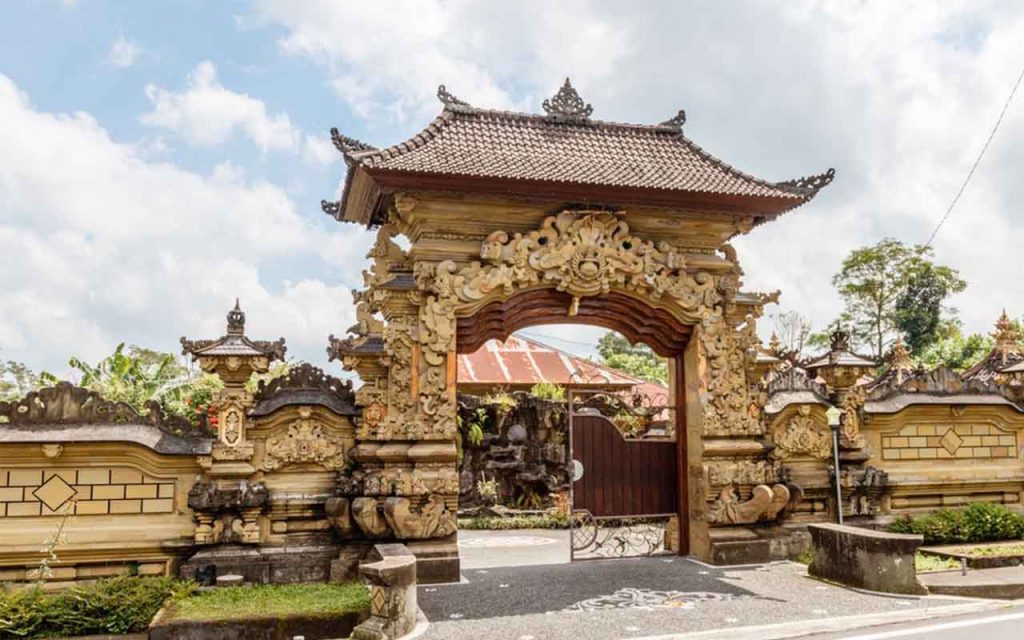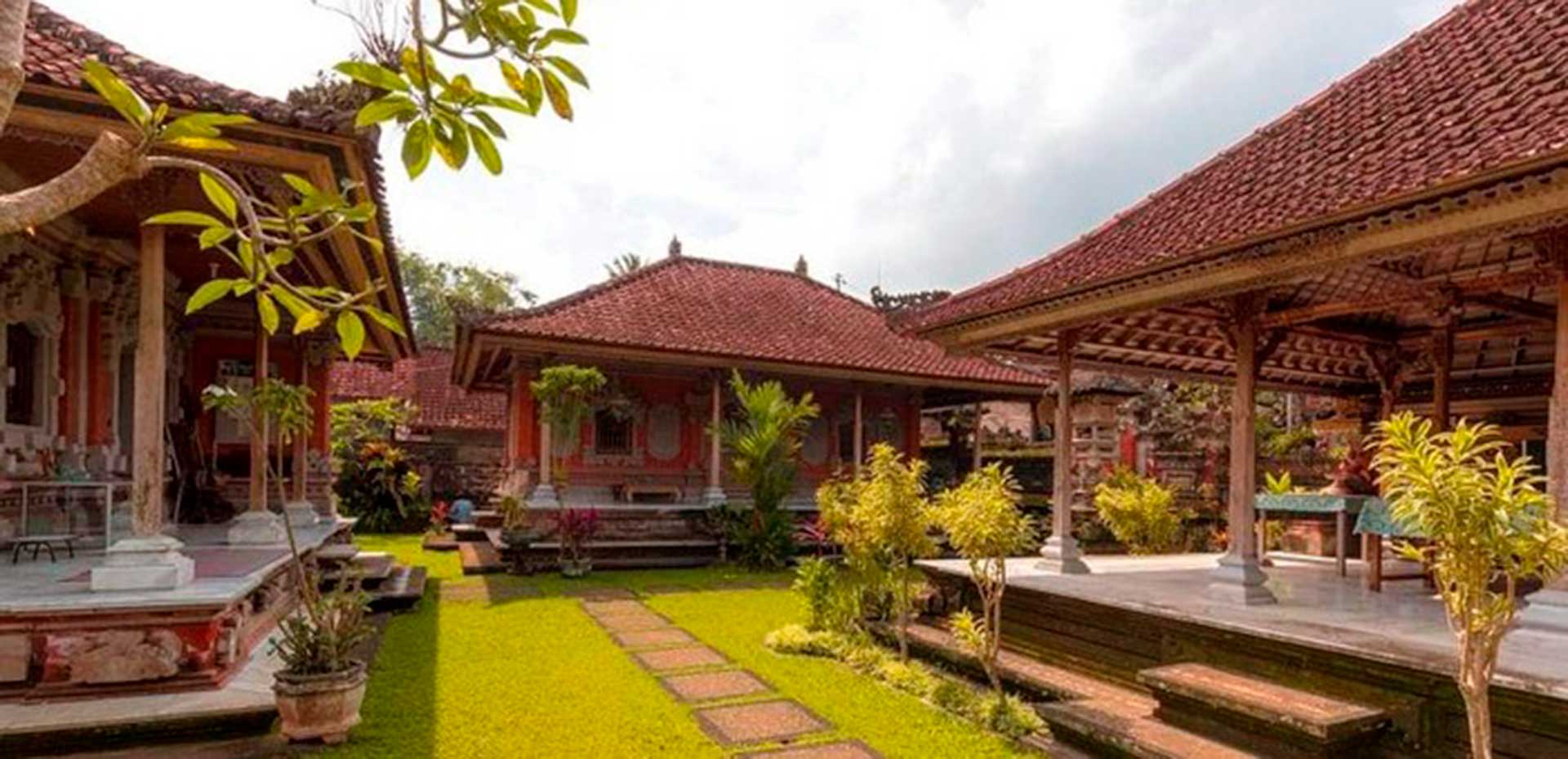Bali is an island that is famous for its unique culture and various artistic creations beautiful and the people are very supportive of ancestral customs and traditions, such as traditional traditional house architecture in Bali, the majority of which are Hindus. Thus establishing Bali as a favorite tourist destination island. Building existing at least use Balinese ornaments and there are Parahyangan or holy place (family temple), of course consider the place and one’s abilities. If the traditional traditional house is completely built with The rule called “Asta Kosala Kosali” is like Feng Shui in Culture China. In general, the north-east corner is a sacred place used as a place of worship sacred, while the west-south corner is a lower angle in the space of the house and is the direction of entry to the dwelling of the house or to other buildings such as bathrooms and others.
The Balinese Traditional House has several parts. Each part of a traditional house is also unique. Following are several parts of the Balinese Traditional House and their functions:
- Angkul-angkul
Angkul-angkul is a part that is always present in almost all Balinese Traditional Houses. Angkul-angkul functions as the main entrance to enter the house. Angkul-angkul is almost similar to a gate. It is in the form of two parallel buildings connected by a roof. - Aling-aling
Aling-aling can be interpreted as a limitation. This is in accordance with its function, namely as a barrier between the angkul-angkul and the holy realm. Aling-aling is believed to have a positive aura, so there is a dividing wall called penyengker. - Family Temple
Every Balinese Traditional House is always equipped with a family temple which is the third building after the angkul-angkul and aling-aling. The function of the family temple is as a place of prayer and worship for all family members. The family temple is usually located in the northeast corner of the residential house.

After the three parts above, the next part is the main room of the house or main residence. In this main building, there are usually several rooms that have their respective functions. Following are several rooms in a Balinese Traditional House and their functions:
- Bale Manten
This room is specifically for the head of the family or girls. It is located to the north. The shape of the manten bale is rectangular with bales on the left and right. Bale Manten is intended for girls in the family as a form of attention. - Bale Dauh
Next is the bale dauh, which is a room that functions to receive guests. Apart from that, the bale dauh also functions as a bed for the boys in the family. Just like Bale Manten, Bale Dauh is also a rectangular building. The difference is, Bale Dauh is inside the house. The position of Bale Dauh is usually to the west, with the floor having to be lower than Bale Manten. - Bale Sepakat
Bale Sepakat is a building similar to a gazebo equipped with four pillars. Bale Sepakat is usually used as a relaxing space for all family members. It is called Bale Sepakat because it is hoped that all family members will be more intimate and warm when they gather there. - Bale Gede
Bale Gede is a rectangular building with 12 pillars in it. The function of Bale Gede is as a place where traditional ceremonies are held, so this room is a sacred room. Therefore, the floor of Bale Gede must be higher than other rooms, including Bale Manten. Apart from being taller, Bale Gede is also designed to be wider and bigger than other buildings or rooms. - Pawaregan
This building functions as a kitchen in a Balinese Traditional House. Pawaregen is usually medium in size, and is located to the northwest or south of the main house. In Pawaregen there are also two rooms, the first function of which is for cooking and the second for storing kitchen utensils. - Lumbung
Next is the Lumbung, which is a small building whose function is as a granary or storage place for basic food ingredients.
You can see traditional Balinese houses in person in Batuan village, Ubud, or in Penglipuran Bangli village.

Comment (0)